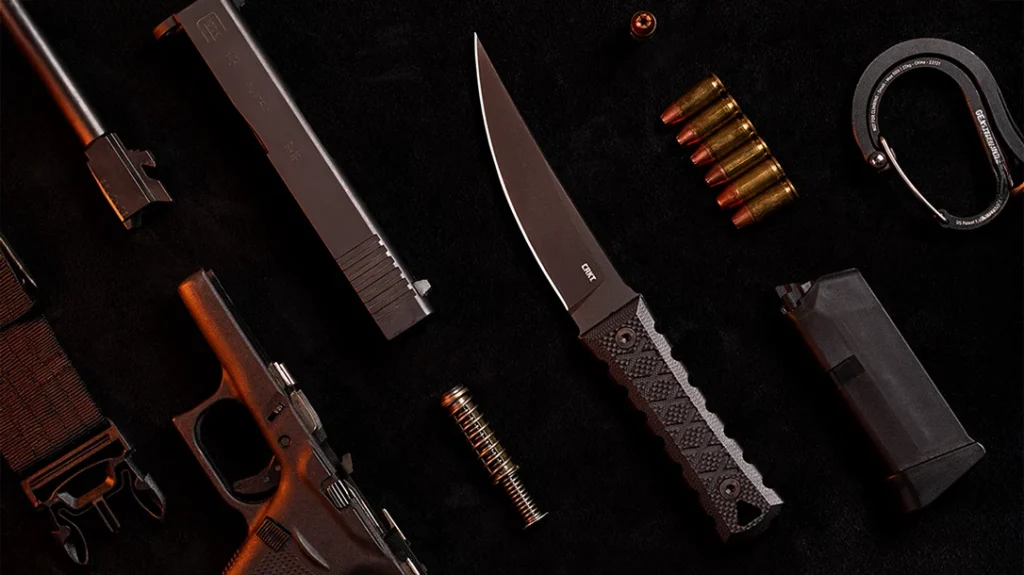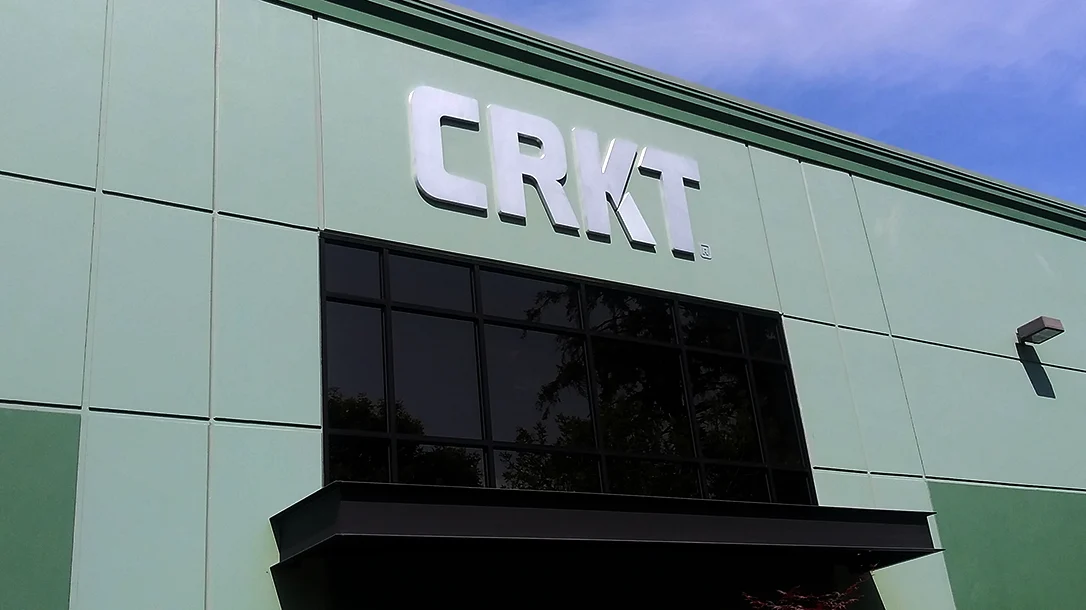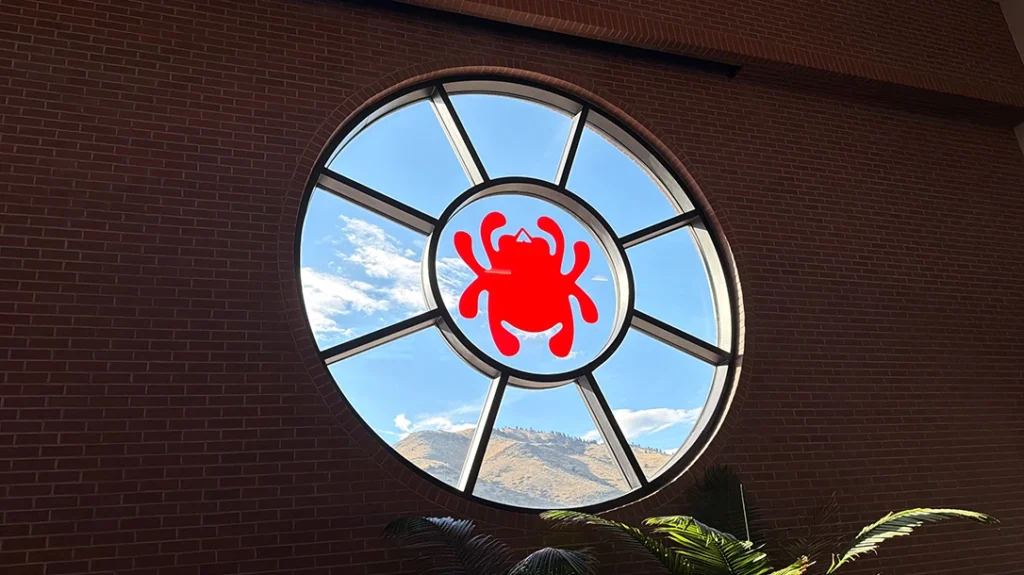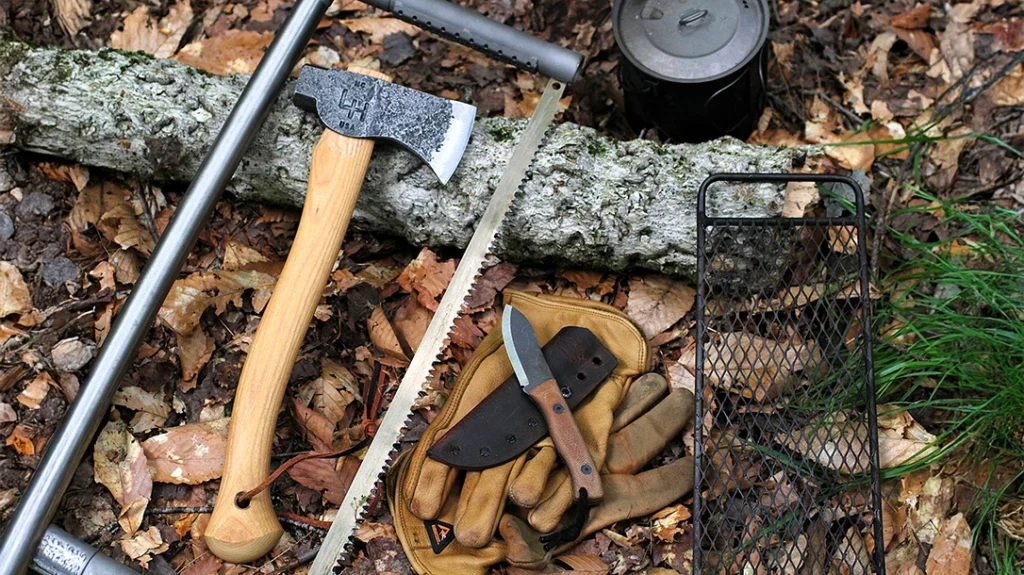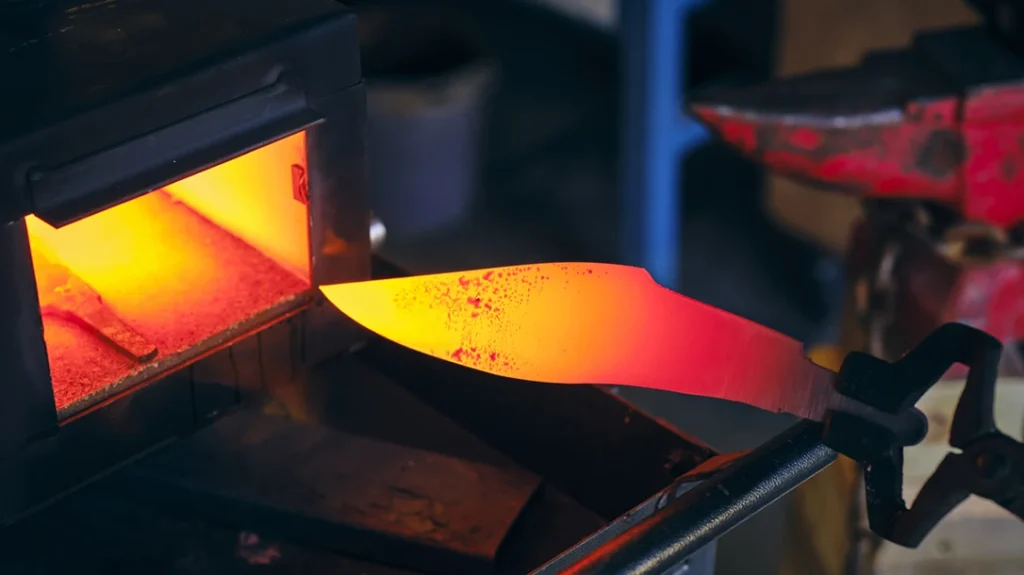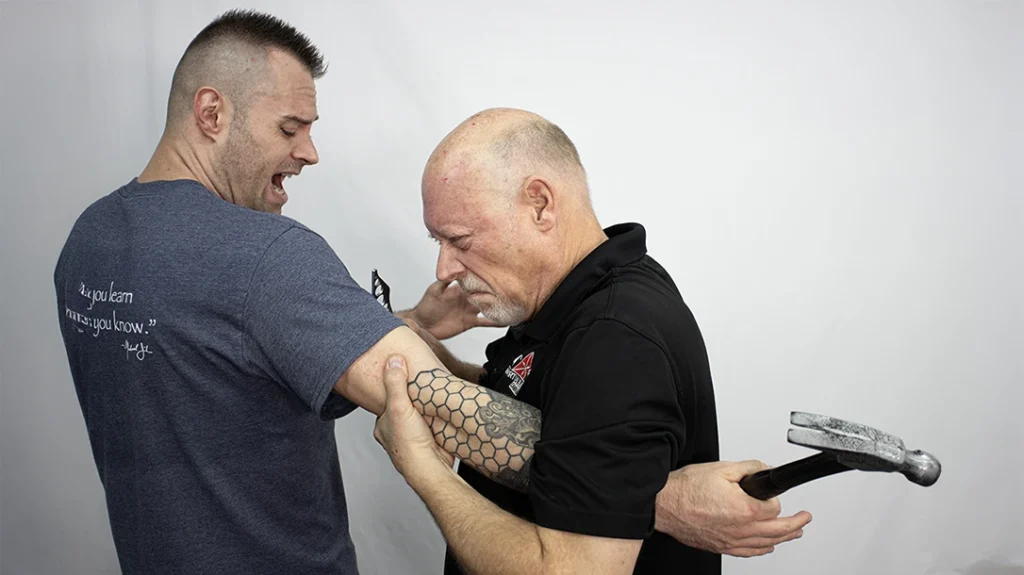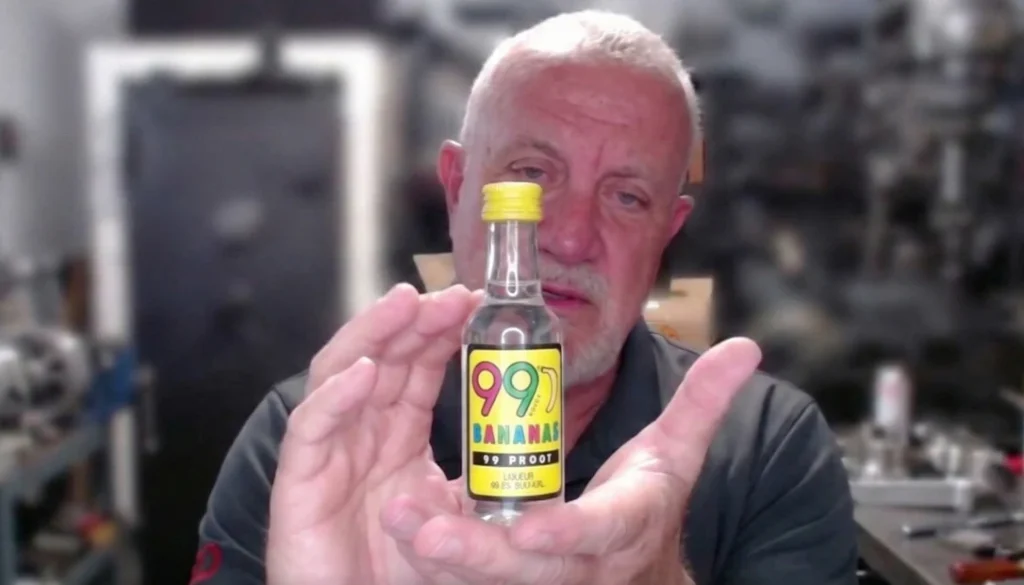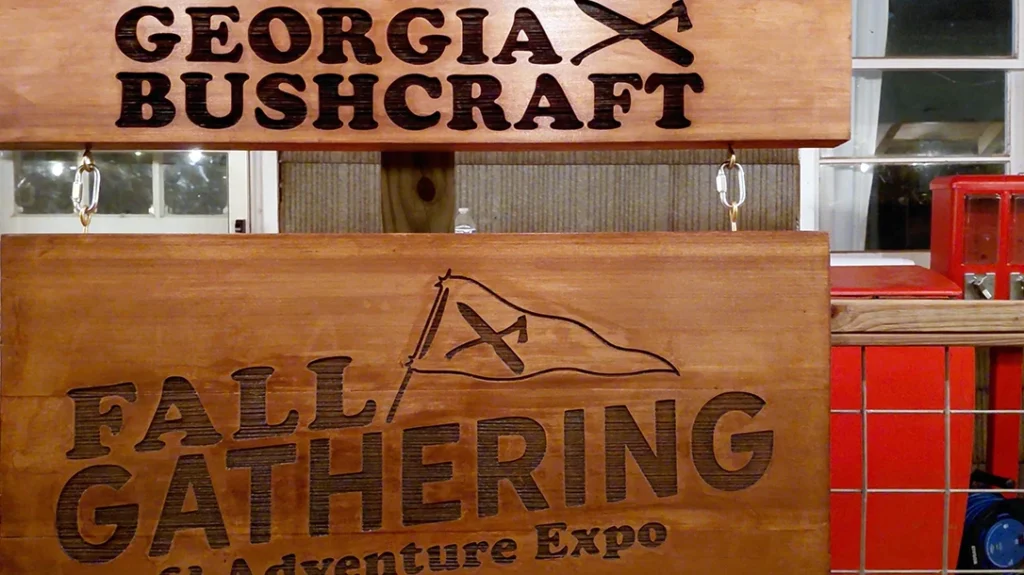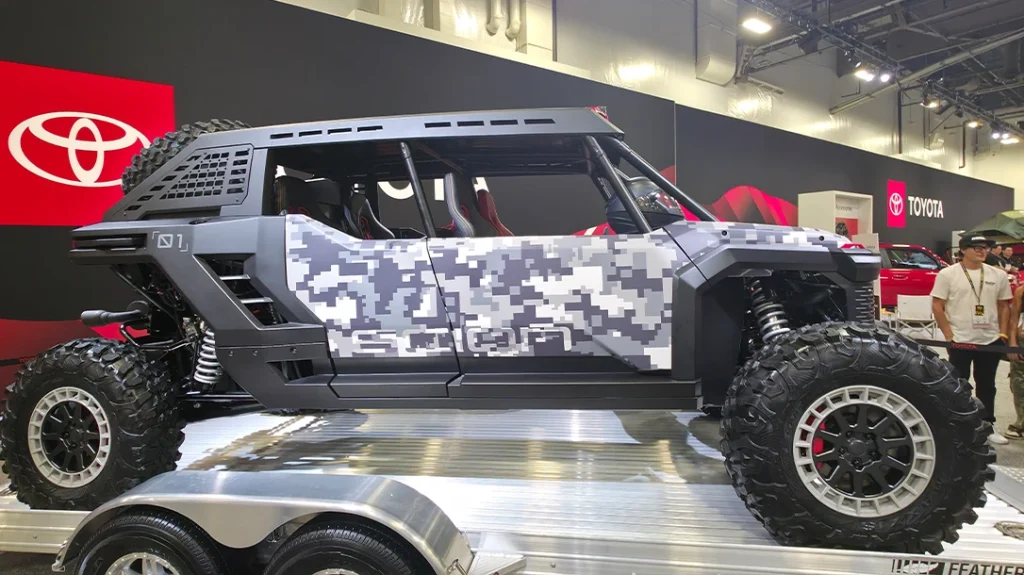I’ve owned a lot of knives from Columbia River Knife & Tool (CRKT) over the years. Like, a lot a lot. I’d have to crunch some numbers to be certain, but I’d bet I have more CRKT boxes on my shelves than nearly any other brand. So, yeah, I’m a fan.
CRKT: A Peek Behind the Curtain
About a month ago, I was invited to tour the CRKT headquarters in Oregon. My visit was part of a press tour of several prominent knife brands in the Portland area, promoting the Portland Knife Center of Excellence (PKCOE). PKCOE is an initiative to turn Portland into a knife-centric travel destination. CRKT was definitely a highlight.
A Brief History
CRKT was founded in 1994 by Rod Bremer and Paul Gillespie. The goal was to build an American knife brand rooted in collaboration, innovation, and quality. In a way, it’s hard to believe they’ve only been around a hair over 30 years, as it feels like CRKT products have been available for much longer than that.
Advertisement — Continue Reading Below
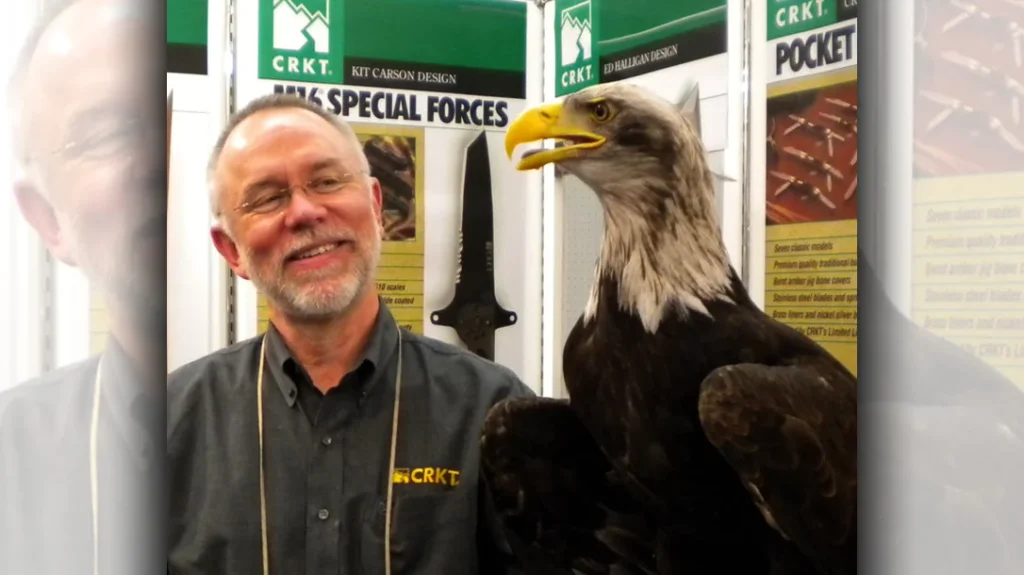
The knife that originally sort of put CRKT on the map was the K.I.S.S., designed by Ed Halligan. It debuted at SHOT Show in 1997 and took the knife world by storm. Orders went through the roof, and CRKT was off and running.
CRKT’s Innovation
Over the last three decades, CRKT has proven time and again that they’re willing to take risks and invest in innovative new designs. This has led to a number of great successes.
Advertisement — Continue Reading Below
The M16 model, designed by Kit Carson and released in 1999, was the first mass-produced knife to feature a flipper-style deployment. This sort of feature is commonplace today, and we tend to take it for granted. However, it hasn’t really been around all that long. That model, along with several variants, has been carried by thousands of U.S. troops serving in Afghanistan and Iraq.
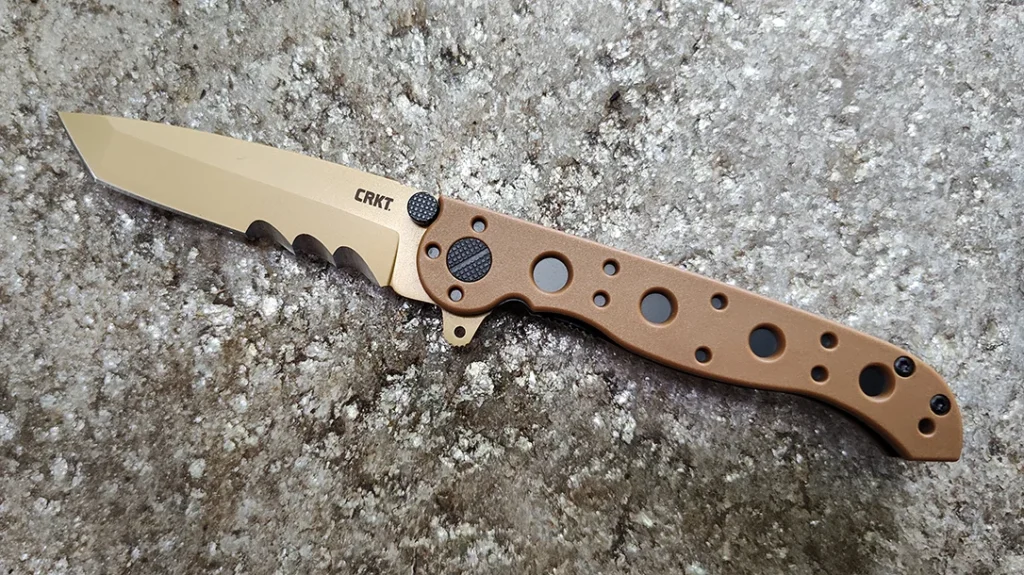
The Deadbolt locking mechanism was designed by Flavio Ikoma. Where many folding knives are designed around the lock, Ikoma took the opposite approach. He wanted a lock that could be used and adapted for any number of knife designs. Currently, the Deadbolt is used by approximately 10 different CRKT models. It’s incredibly strong, very reliable, and easy to use, especially under pressure.
Advertisement — Continue Reading Below
It was just a few years ago that designer Joe Caswell came up with the Kinematic deployment mechanism. The Provoke line features this, and while they may look odd to the uninitiated, they have it where it counts.
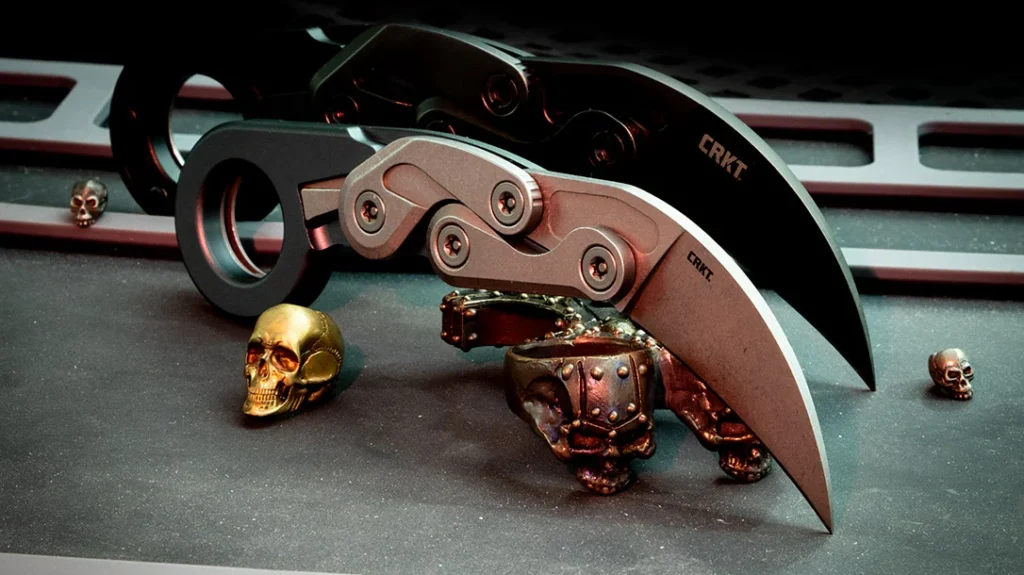
The knife operates with one hand. Loop your index finger through the ring, and your thumb naturally falls on a hinge point. Slight pressure there releases the blade and fires it forward into position. When the work is done, press the somewhat hidden safety release and fold the blade back into place.
Advertisement — Continue Reading Below
Collaboration
One of the hallmarks of CRKT is their longstanding tradition of working with outside designers and makers. Converting a custom knife design to a production model is no easy task and often takes several months or longer. But the end result is worth all the effort for everyone involved.
Often, as a custom maker rises in popularity, they find that they cannot keep up with demand for their products. They can only make so many knives at a time. Collaborating with CRKT increases their reach and allows them to get their designs out to a much wider audience.
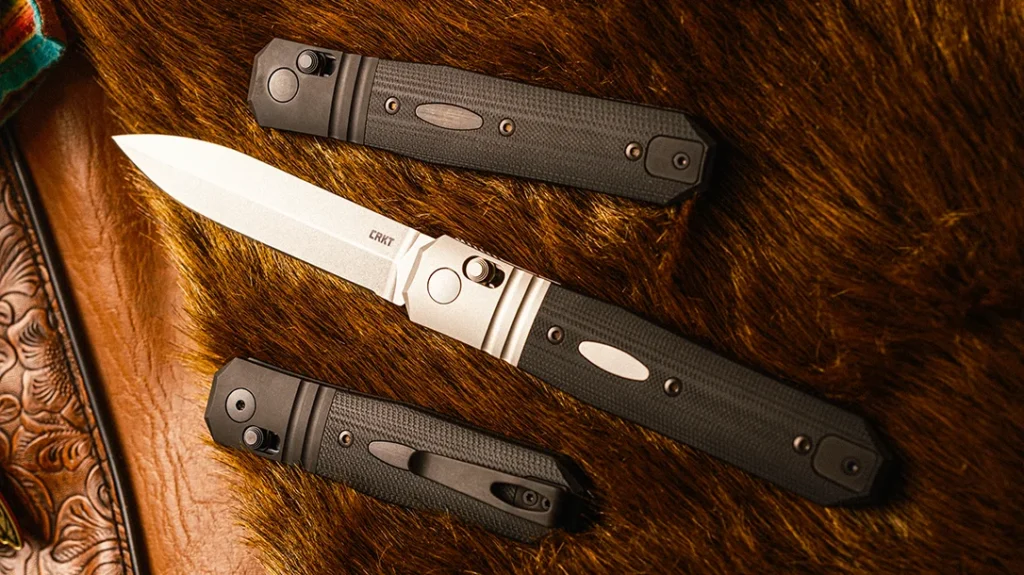
Advertisement — Continue Reading Below
The designs typically aren’t identical to their custom counterparts as changes are necessary when translating from prototype to production. However, CRKT works hand in hand with the designers to ensure that the end product is as close as possible to the original.
CRKT has worked with over 50 outside designers. Some of those names include:
- Ken Onion
- Ryan Johnson
- James Williams
- Austin McGlaun
- MJ Lerch
- Liong Mah
CRKT’s Wall-O-Knives
Probably the most popular stop on our tour of CRKT was what some of us referred to as the Wall-O-Knives. This was in their media room, where an entire wall was filled with dozens and dozens of CRKT models. Many of them are collaborations. They were stored on magnetic strips so they could be taken down for examination.
Advertisement — Continue Reading Below
I quickly spotted one of my favorite CRKT models, the Sting boot knife. This was a collaboration with custom maker A.G. Russell and based on a knife he’d been making since the 1970s. I purchased one several years ago primarily because it was featured prominently in The Survivalist novel series by Jerry and Sharon Ahern, which I’d read growing up.
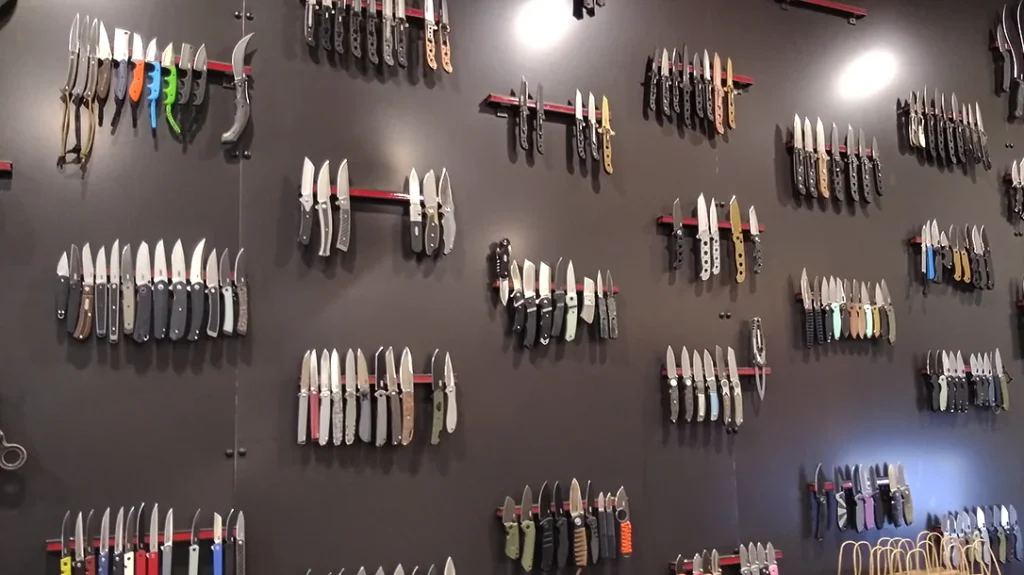
There were several flavors of the Provoke and numerous iterations of the M16. Not to mention, a plethora of other models that I couldn’t immediately identify.
Advertisement — Continue Reading Below
It was interesting to see all of these different knives exhibited. At least a couple of the attendees mentioned revisiting how they store their own collections at home. Possibly even working on a similar sort of display.
Company Culture
Our visit to CRKT HQ happened to coincide with the day of their company picnic. We were invited to partake in the burgers, hot dogs, chips, and such, and we gladly did so. Most of the employees were just finishing up their lunches and beginning to set up for a few games.
They had a large target for throwing axes and other implements, which drew several employees with varying skill levels. There were competitions like Red Light, Green Light, and several rounds of Pie Face. The latter involved two employees taking turns cranking back on a lever and risking a face full of whipped cream. There were several prizes awarded, of course.
Advertisement — Continue Reading Below
As we observed from the sidelines, I noticed that management and even Rod Bremer himself got involved with the festivities. Everyone was having fun, laughing and joking around. There was an overwhelming sense of not just teamwork, but family. This speaks volumes about the company culture and values.
CRKT built its name by taking risks, embracing innovation, and actively seeking partnerships with industry giants as well as up-and-comers. This formula for success has resulted in a tremendously popular knife company, one that continues to grow every day.
